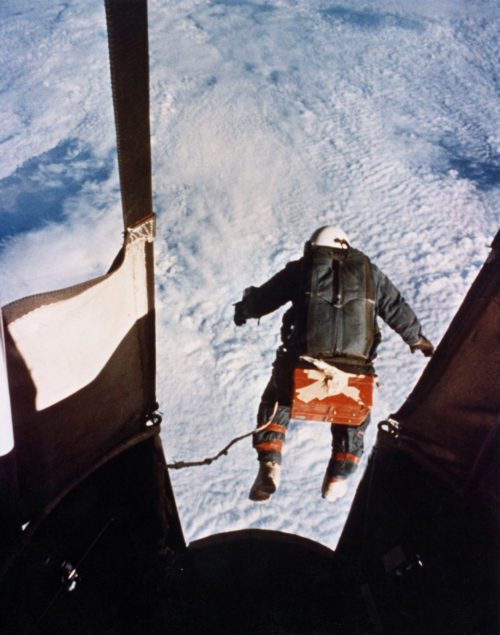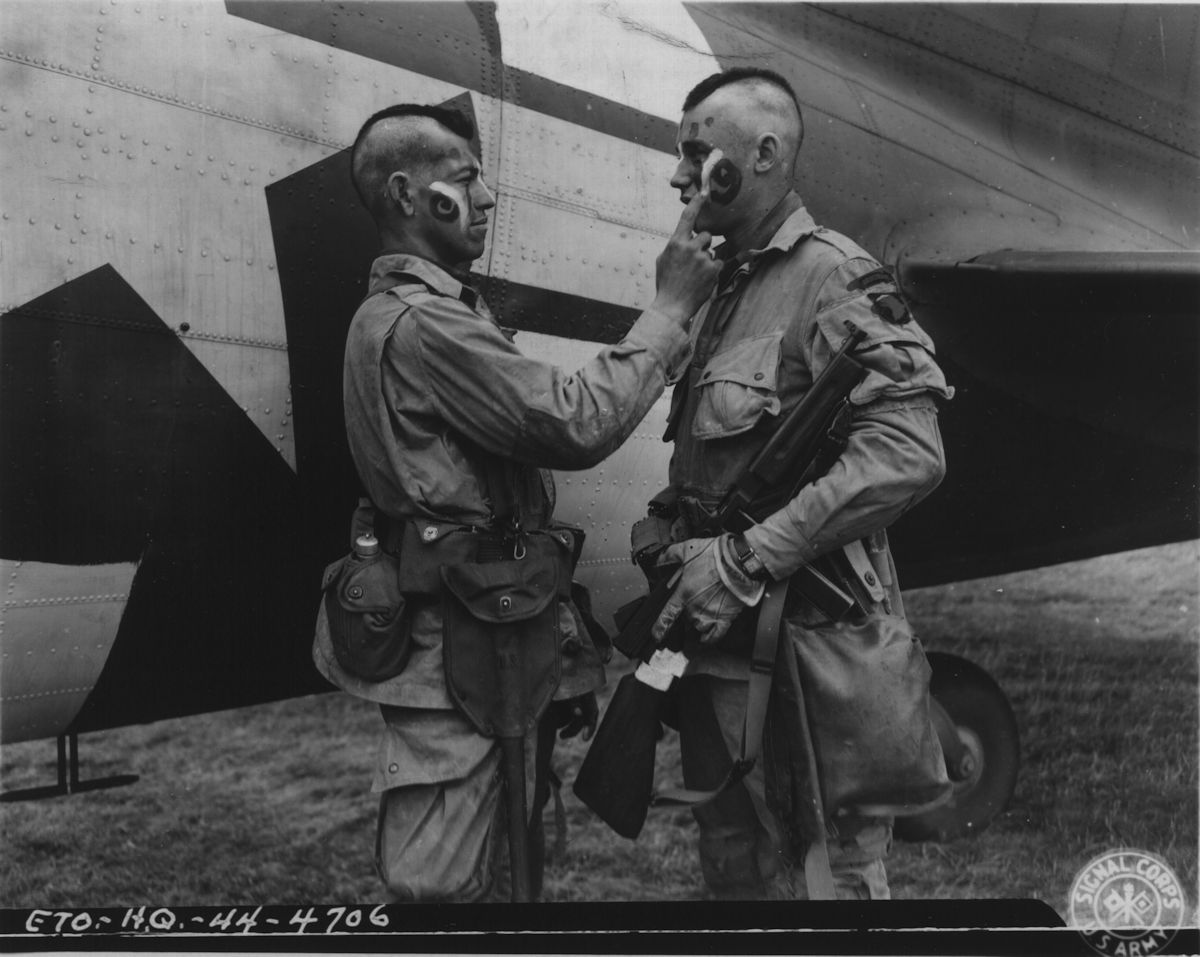August 16 in U.S. military history
1777: A force of militiamen from New Hampshire, Massachusetts, and Vermont – led by Gen. John Stark – clash with a detachment of British General John Burgoyne’s army in the Battle of Bennington (near present-day Bennington, Vt.). The Americans rout the British, and the amount of supplies captured during the engagement leads to Burgoyne’s forthcoming defeat at Saratoga – which convinces the French to join the war.
1780: Following his successful campaign in the south, Lord Cornwallis engages Gen. Horatio Gates’ force in Camden, S.C.. The Americans are annihilated, taking nearly 2,000 casualties in just one hour. The infamous cavalry commander Col. Banastre Tarleton wrote that “rout and slaughter ensued in every quarter.” Gates’ defeat is so severe that the “Hero of Saratoga” will never again command troops in battle.
1918: 600 miles north of Moscow, American troops (Along with British, Australian, Canadian, and French allies) assist in capturing Archangel from Vladimir Lenin’s Bolshevik forces. The war will end before the “Polar Bear Brigade” can reach the rear of the German lines and some 200 Americans never return from the little-known Russian expedition.
1940: Happy National Airborne Day! At Fort Benning, Ga., Brig. Gen. William C. Lee and 48 volunteers from the 27th Infantry Regiment perform the Army’s first official parachute jump, demonstrating the use of airplanes to drop soldiers behind enemy lines. It will be two years before the U.S. military uses paratroopers in combat when the 509th Parachute Infantry Regiment jumps into North Africa.
1942: Two years to the day after the first parachute jump, the Army stands up the 101st “Screaming Eagles” Airborne Division, commanded by Gen. Lee – -the “Father of the U.S. Airborne.” Lee declares that “the 101st has no history, but it has a rendezvous with destiny.” Lee, who commanded an infantry company during World War I, drew up the plans for the airborne side of the Normandy Invasion, but had to sit out the operation after having a heart attack in February.
1950: 98 B-29 bombers drop 800 tons of bombs on enemy troops concentrating near Waegwan, South Korea. This marks the largest use of bombers against ground forces since the Normandy invasion.
1954: Following the French defeat at Dien Bien Phu and the subsequent partitioning of French Indochina into North and South Vietnam, the U.S. Navy begins transporting hundreds of thousands of Vietnamese and French citizens fleeing the communist North to refugee centers in the South.
1960: After riding a balloon to an altitude of 102,800 feet, U.S. Air Force captain Joseph W. Kittinger, Jr. steps out of the gondola and begins a four-and-a-half minute free-fall. Kittinger reached 714 miles per hour before his main chute opened at 17,000 feet, setting records for speed and altitude on a parachute jump that stand for 52 years until Felix Baumgartner’s jump in 2012 (Kittinger was his capsule communicator).

Kittinger served three tours in Vietnam, flying 483 combat missions in A-26 Invaders and F-4 Phantoms. Credited with shooting down an enemy MiG-21 before being shot down himself just four days before he was supposed to go home. Kittinger, by then the commander of the 555th Fighter Squadron, spends the next 11 months as a prisoner of war.
1972: U.S. fighter-bombers fly 664 air strikes against targets in North and South Vietnam while B-52s fly 35 missions in the busiest day of the year for American pilots and crew in Southeast Asia.
